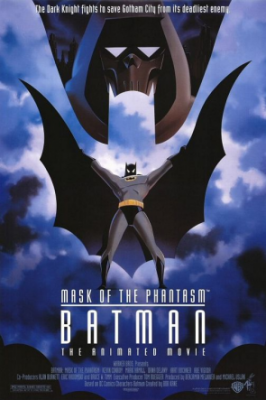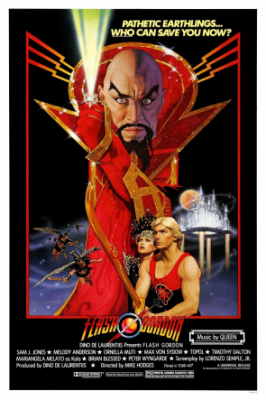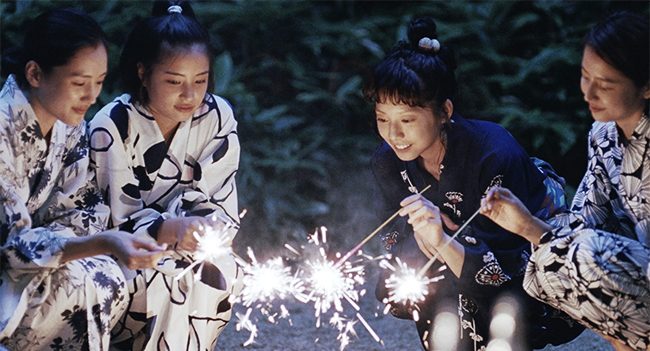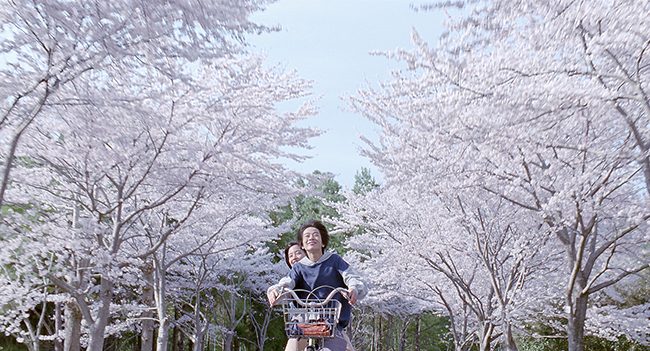It’s the majesty of the weird … the contemplation of the ordinary.
– Director Erroll Morris
An Art in the Arthouse exclusive! We are currently exhibiting the acclaimed work of master photographer ROSAMOND PURCELL. Recently called “our greatest living 17th Century photographer” by the New York Times, Purcell’s photos are on display upstairs at the Monica Film Center’s mezzanine lounge. They can be viewed in conjunction with the documentary film about the artist: AN ART THAT NATURE MAKES. Don’t miss out on this rare chance to view the film and the art at the same time. All works are for sale. Proceeds benefit the Laemmle Foundation.
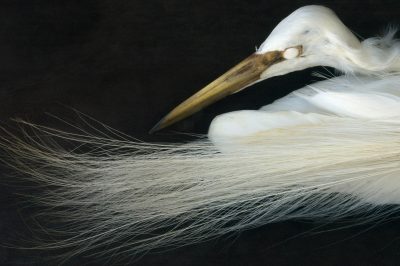 About the Exhibit:
About the Exhibit:
As a fledgling photographer, Rosamond Purcell wasn’t quite satisfied with capturing people; she shifted her lens early on to uncover the secret lives of the objects that surround us.
Many of the photographs featured in the recently released documentary by Molly Bernstein, An Art That Nature Makes, are currently included in an exhibit at the Monica Film Center. Her stunning images draw from Purcell’s interest in natural history collections. Works like “Peter’s Teeth” from the book Finders, Keepers and “Snowy Egret” from Egg & Nest explore the essence of organic material, telling its story through its decay.

The often morbid nature of Purcell’s subject matter is pair by the striking beauty of her images. This duality with in her work is encapsulating to view in person.
As a pioneer of the lost and forgotten, she breathes new life into objects, immortalizing their history and transcending their place in time.
Purcell has a way of elevating the mundane into the extraordinary. Her unique compositions and tone – echo master still life painters of 1600’s Northern Europe such as Jan Fyt and Pieter Claesz, taking photography to a level of fine art that is rarely experienced.

The New York Times recently stated that Purcell is “our greatest living 17th century photographer.” After examining her ever-growing oeuvre, one might be tempted to make the case for the 21st century as well.
Take this wonderful opportunity to see the film at the Monica Film Center and view her art in person. They’re not to be missed!
– Lili Abdel-Ghany, Curator


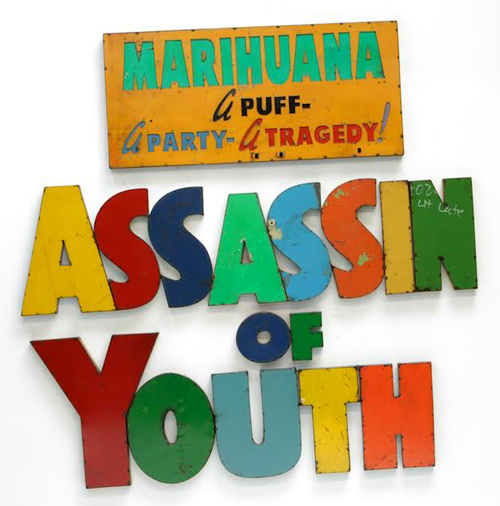


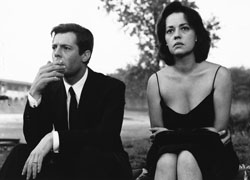 We’ll also soon screen two by Michelangelo Antonioni:
We’ll also soon screen two by Michelangelo Antonioni: 
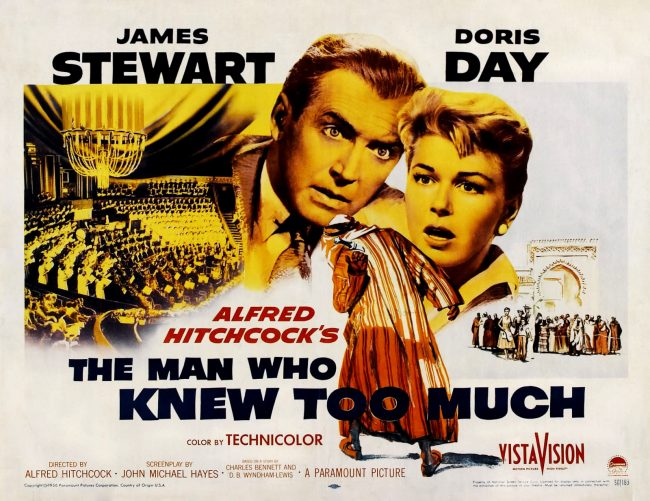 In The Man Who Knew Too Much one of Doris Day’s rare forays into the thriller genre, the actress introduced one of her most successful songs, the Oscar-winning hit, “Que Sera Sera.” But she also demonstrated her versatility in several harrowing and suspenseful dramatic scenes. She plays the wife of one of Hitchcock’s favorite actors, James Stewart. The movie was a box office bonanza for all parties. Hitchcock’s success during the 1940s allowed the director to employ bigger budgets and shoot on location for several of his Technicolor thrillers in the 1950s, including To Catch a Thief, Vertigo, and North by Northwest. For The Man Who Knew Too Much, a remake of his own 1934 film, Hitchcock traveled to Morocco and to London for some spectacular location scenes. In his famous series of interviews with the Master of Suspense, Francois Truffaut wrote, “In the construction as well as in the rigorous attention to detail, the remake is by far superior to the original.” The plot turns on kidnapping and assassination, all building to a concert scene in the Royal Albert Hall that climaxes memorably with the clash of a pair of cymbals.
In The Man Who Knew Too Much one of Doris Day’s rare forays into the thriller genre, the actress introduced one of her most successful songs, the Oscar-winning hit, “Que Sera Sera.” But she also demonstrated her versatility in several harrowing and suspenseful dramatic scenes. She plays the wife of one of Hitchcock’s favorite actors, James Stewart. The movie was a box office bonanza for all parties. Hitchcock’s success during the 1940s allowed the director to employ bigger budgets and shoot on location for several of his Technicolor thrillers in the 1950s, including To Catch a Thief, Vertigo, and North by Northwest. For The Man Who Knew Too Much, a remake of his own 1934 film, Hitchcock traveled to Morocco and to London for some spectacular location scenes. In his famous series of interviews with the Master of Suspense, Francois Truffaut wrote, “In the construction as well as in the rigorous attention to detail, the remake is by far superior to the original.” The plot turns on kidnapping and assassination, all building to a concert scene in the Royal Albert Hall that climaxes memorably with the clash of a pair of cymbals.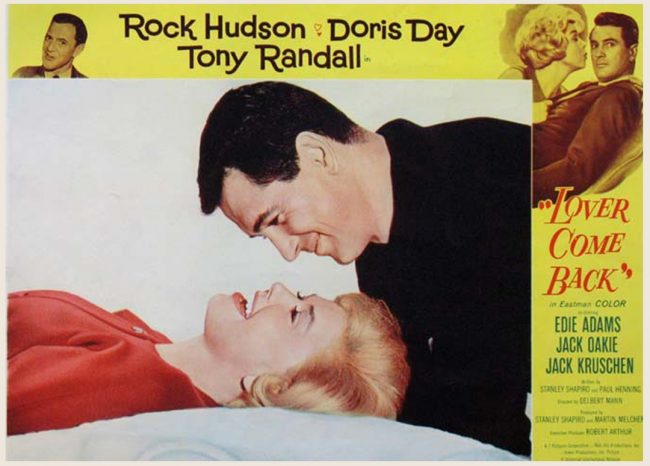
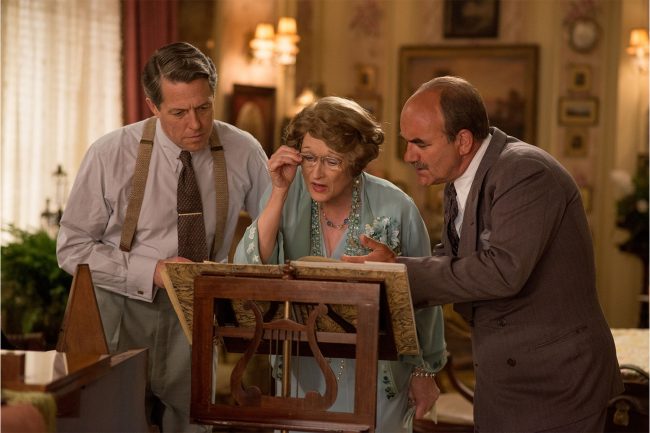
![FFJ-CC-600-x-250[3]](http://dbv.2db.mwp.accessdomain.com/wp-content/uploads/2016/08/FFJ-CC-600-x-2503.jpg)




